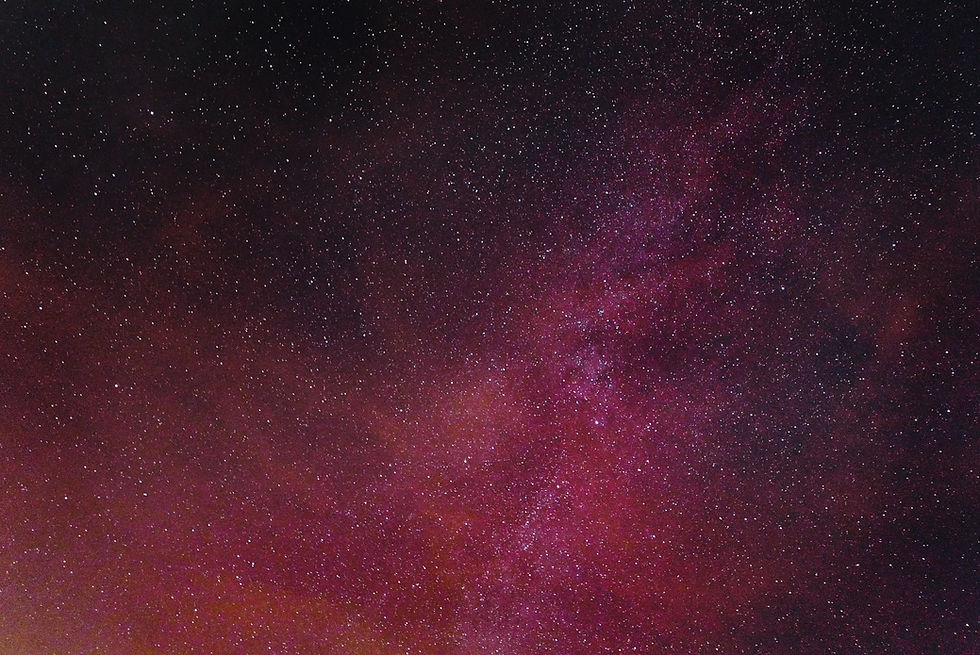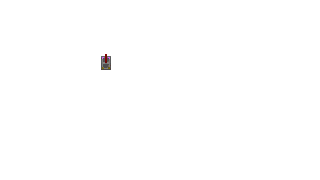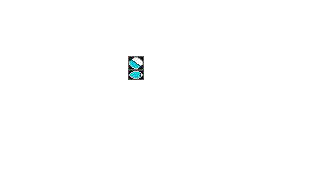
Sprint 1
Creating a Game
One of the first things we had to do as a team was figure out what it was that we wanted to create. The seven of us found each other fairly quickly when teams were first being formed in-class. However, this didn't mean we had any idea what exactly we wanted to make together. This led to the creation of our SWOT Analysis Chart (Strength, Weakness, Opportunities, and Threats.) We learned that our team was full of writers, artists, and computer programmers. We found that we had so many creatives, that we were concerned about conflicting ideas for the game's tone and appearance at first. Additionally, we also learned that nobody in the group had experience with motion capture, meaning a 3D project would be challenging. Additionally, none of us wanted to make a multiplayer game, nor did any of us know how to set up the servers for games that are massively multiplayer. Some of us also stated a firm objection to making a game with a crafting system, as it was something we felt that the market already had enough of. We started to narrow down our options when we realized that a lot of us like puzzle games. We wanted to make something that made the player think. Sci-Fi was also a popular genre pick amongst our group, so we decided to make a game set on an alien planet. As we figured out the details, things began to lean in a bit of a spooky direction. We wanted to make something that created unease, but not outright fear that a horror game would create. Soon, BioDive was born. The name stuck almost immediately. We wanted to make a game about solving puzzles to explore deeper into an alien planet, uncovering a story within a creepy atmosphere while unaware of exactly what it really was that the player was exploring. Storyboards and character sketches begun almost immediately after deciding the name, and soon thereafter B3-4K was created.






Programming Department
For our first sprint, we wanted to guarantee there would be a playable demo for BioDive ready. This meant creating the core mechanics within Unity thus allowing us to playtest concepts and ideas from the get-go. Movement, object interactions, puzzle mechanics, and creating a blockmesh based on the concept art were the focal points of this first sprint.





Art Department





The Art Department was split up into Environment Design and Character Design for the first sprint. B3-4K's finalized character design and the intro comic/cutscene, and spritework for B3-4K were the tasks for Character Design, while the Environment Design worked on creating the tile assets as well as spritework for puzzle objects, elevators, and other key elements such as data logs. Together, this provides the early build of the game with an introduction to the world of the game as well as providing distinction between the most important intractable aspects of the environment.




Level Design Department
There were two major focus points for Level Design during the first sprint: to map out the game itself and to create the major puzzles for each level. A level flowchart, a beat chart, and a rough map were created to form the blueprints needed to flesh out the levels for the Programming Team to implement into Unity.




Narrative Design Department


For the first sprint, we needed to establish the core idea of what our game was going to be about. We knew we wanted to make a sci-fi puzzle game, but what about? B3-4K came first, and was one of the earliest ideas that was solidified for the game. Our story was going to be about an unfortunate cargo deliveryman who was investigating a distress signal from an alien planet. Ideas for what this planet was or why there was a distress call to begin with came next. Alongside that came our antagonist, Specimen-003, a massive fleshy monster who was trying to manipulate our protagonist into freeing from its imprisonment in the planet's core. The focus then shifted into mapping out the narrative and player experience for each floor of the laboratory. We wanted to create a start and a finish, then fill in the extra details and lore in later sprints.

Audio Design Department
For the first sprint, the Audio Design Department wanted to create music for the title screen as well as music for level 1. Sound effects and music for other levels would come once there was more development in the environmental art in later sprints.






